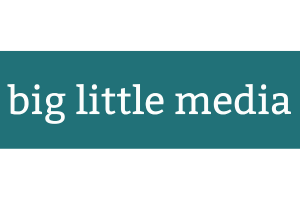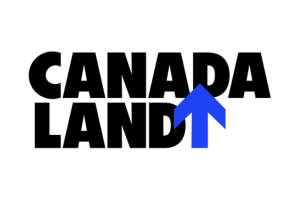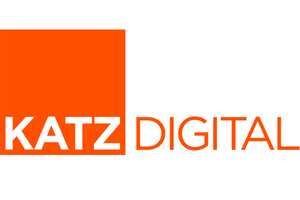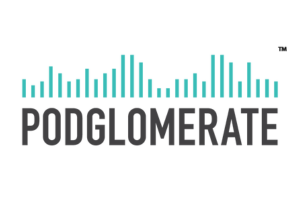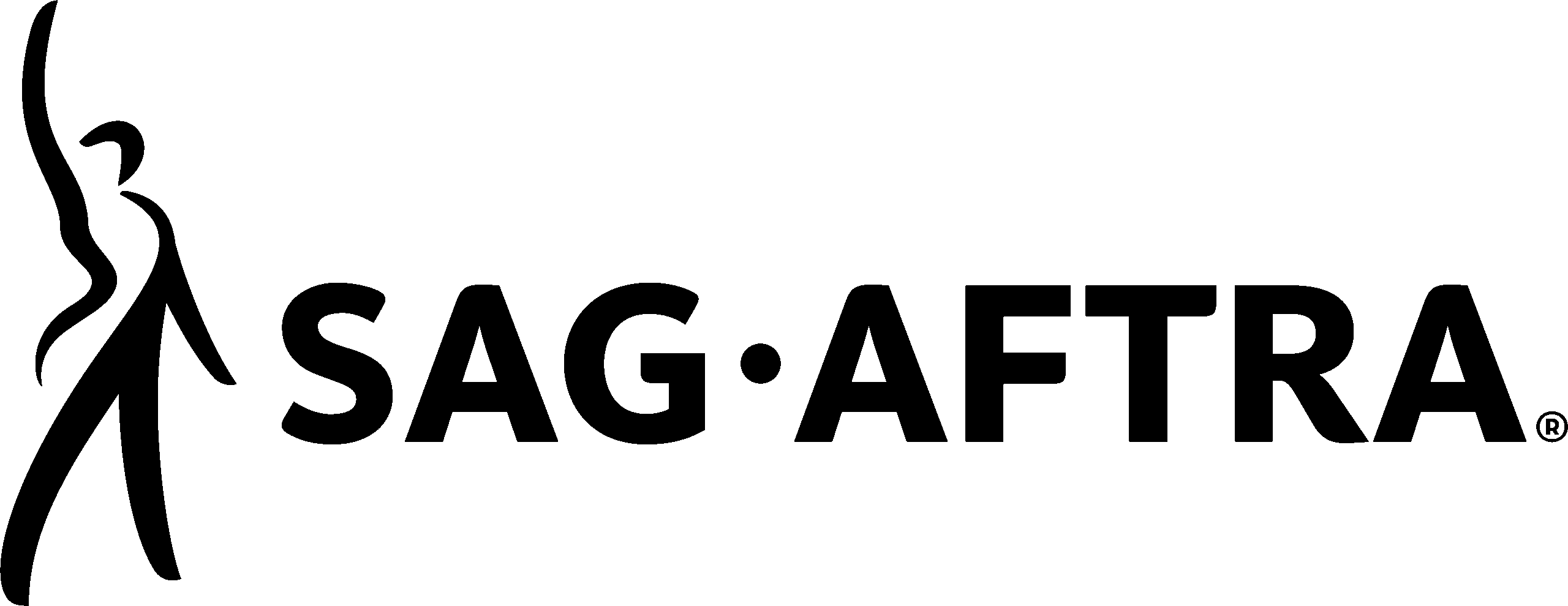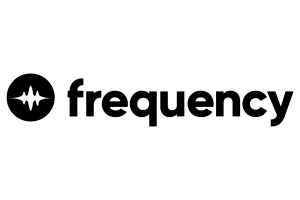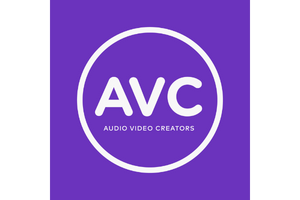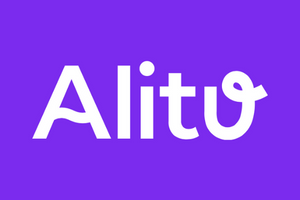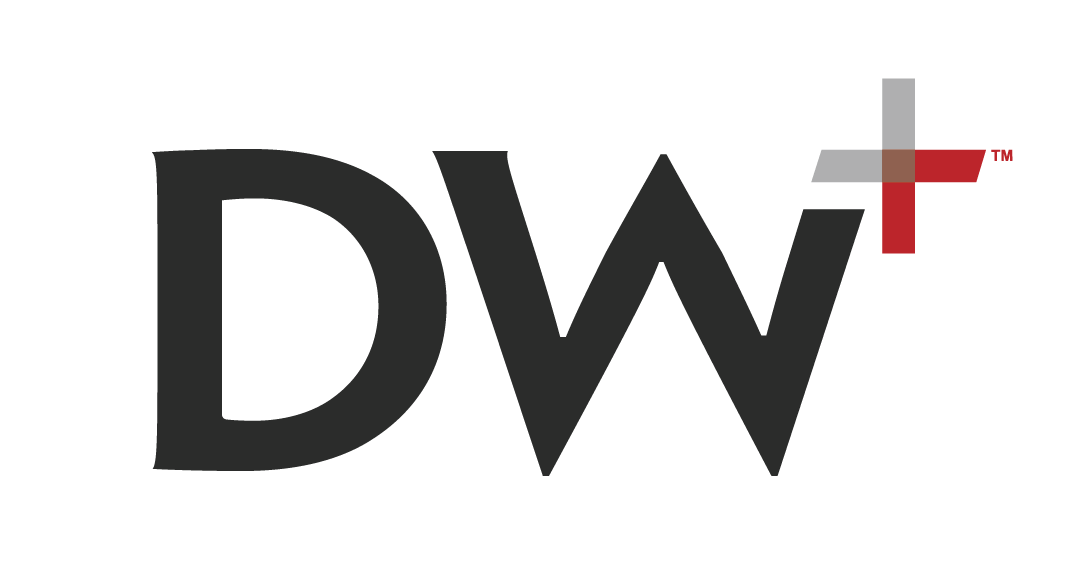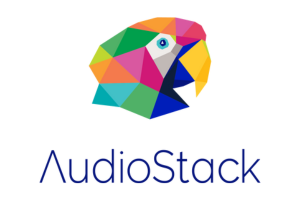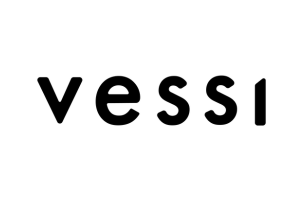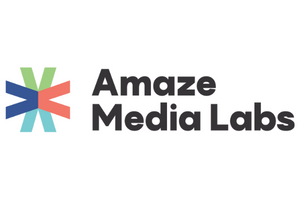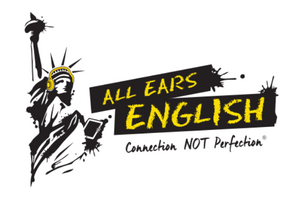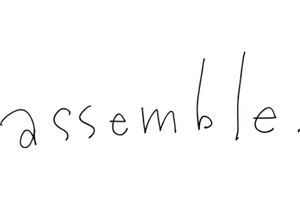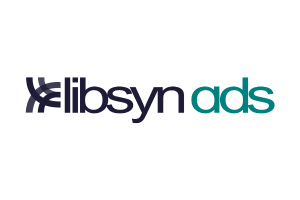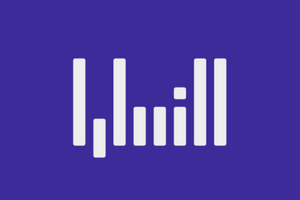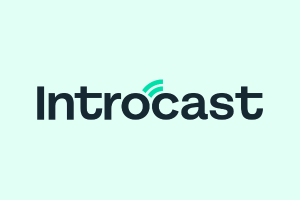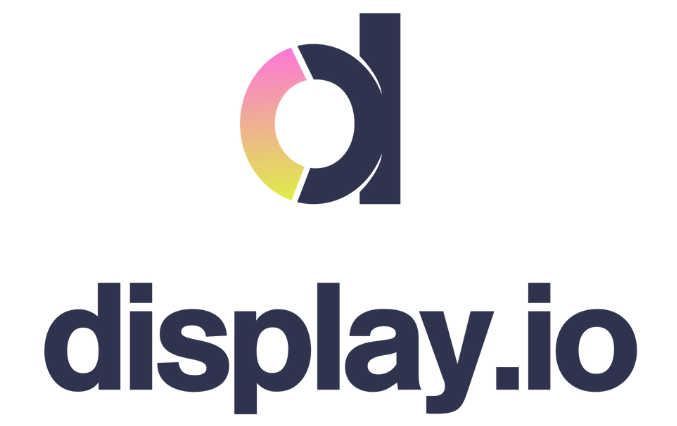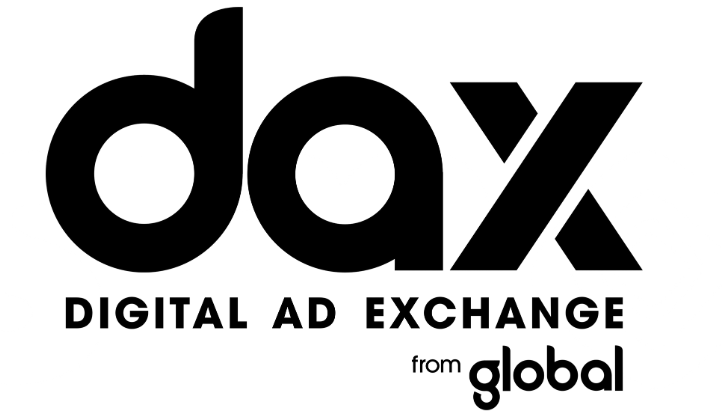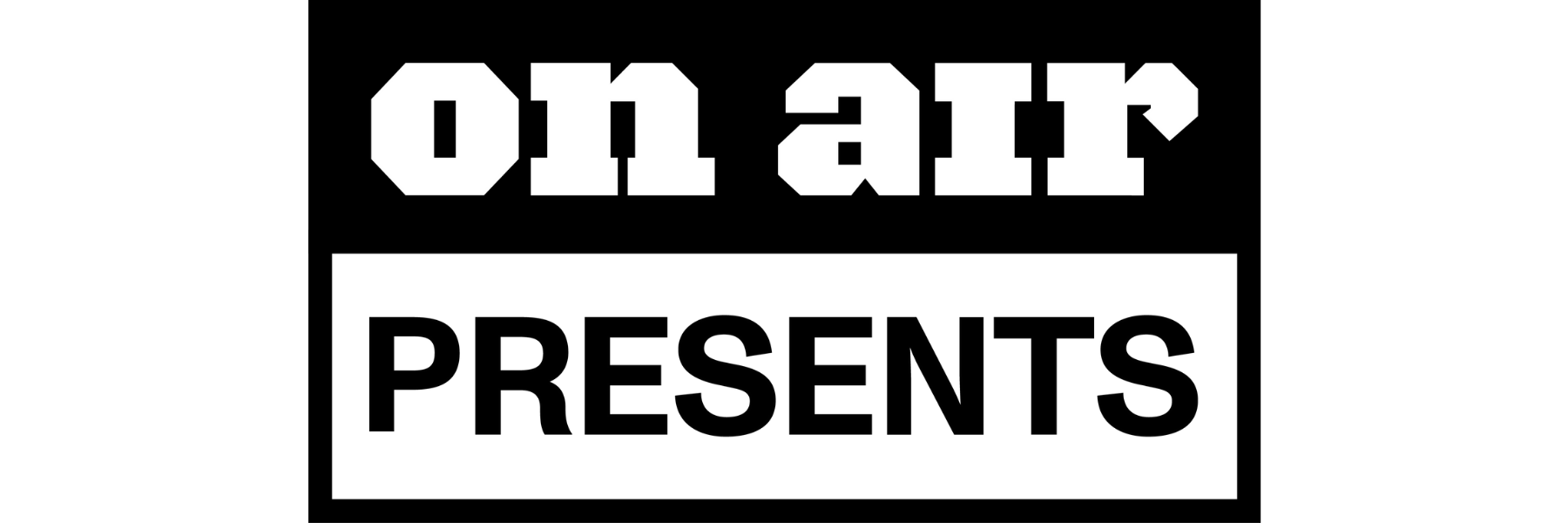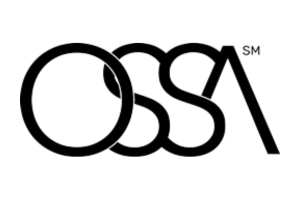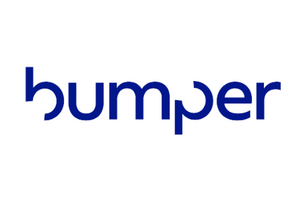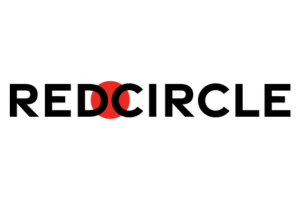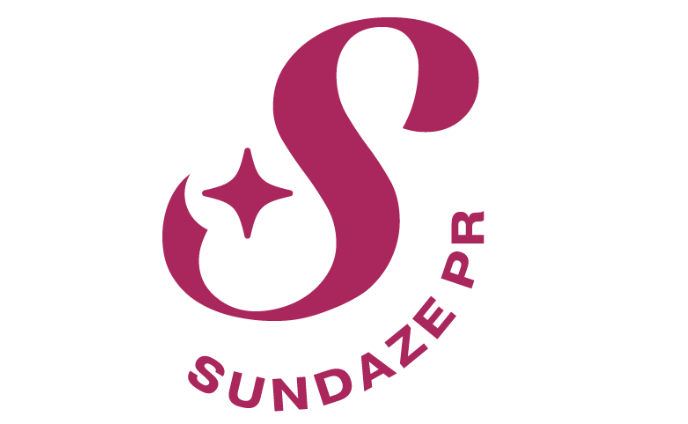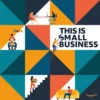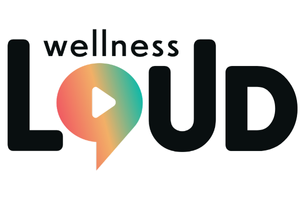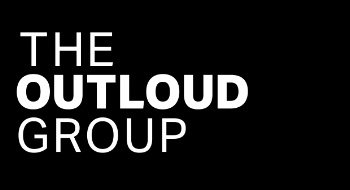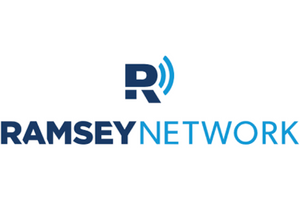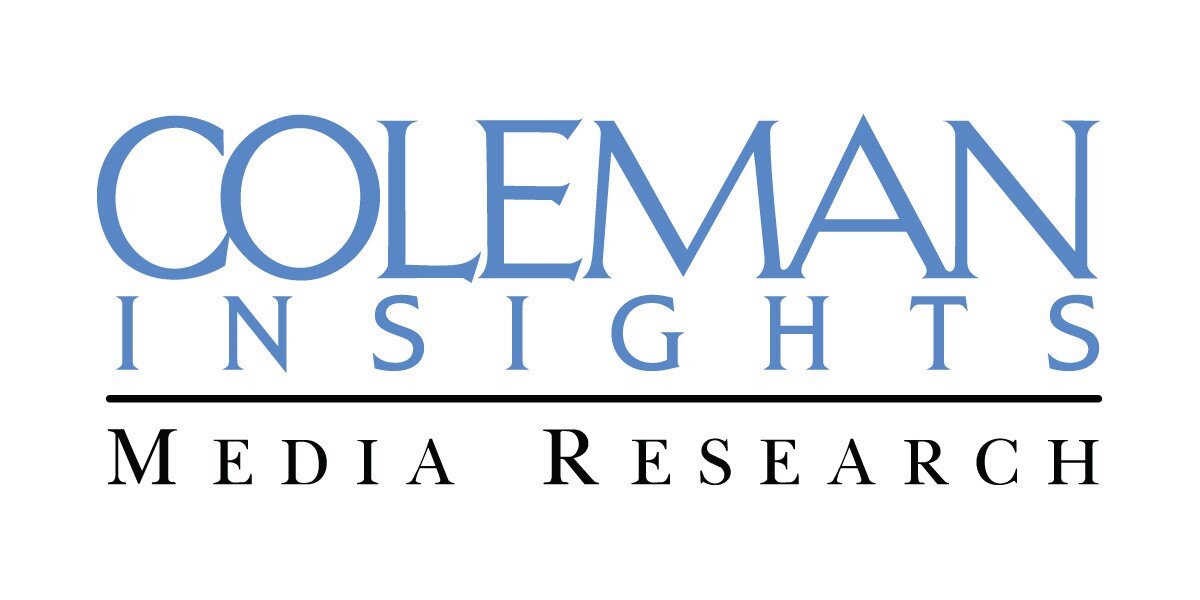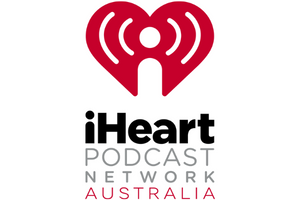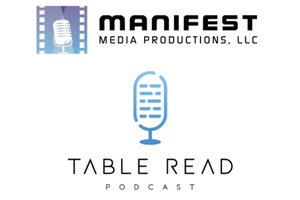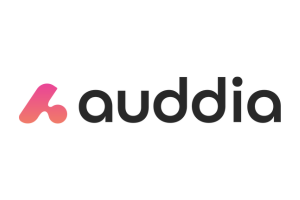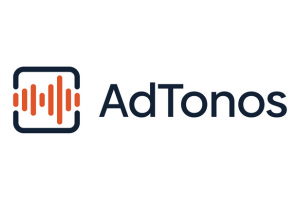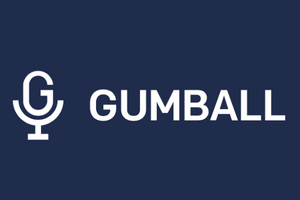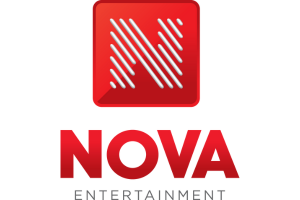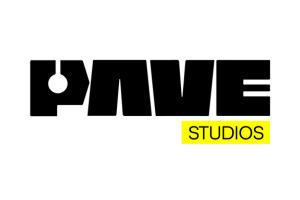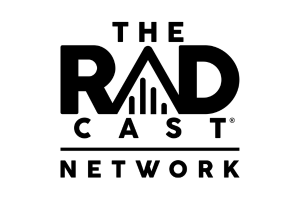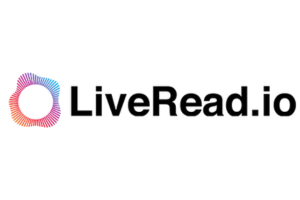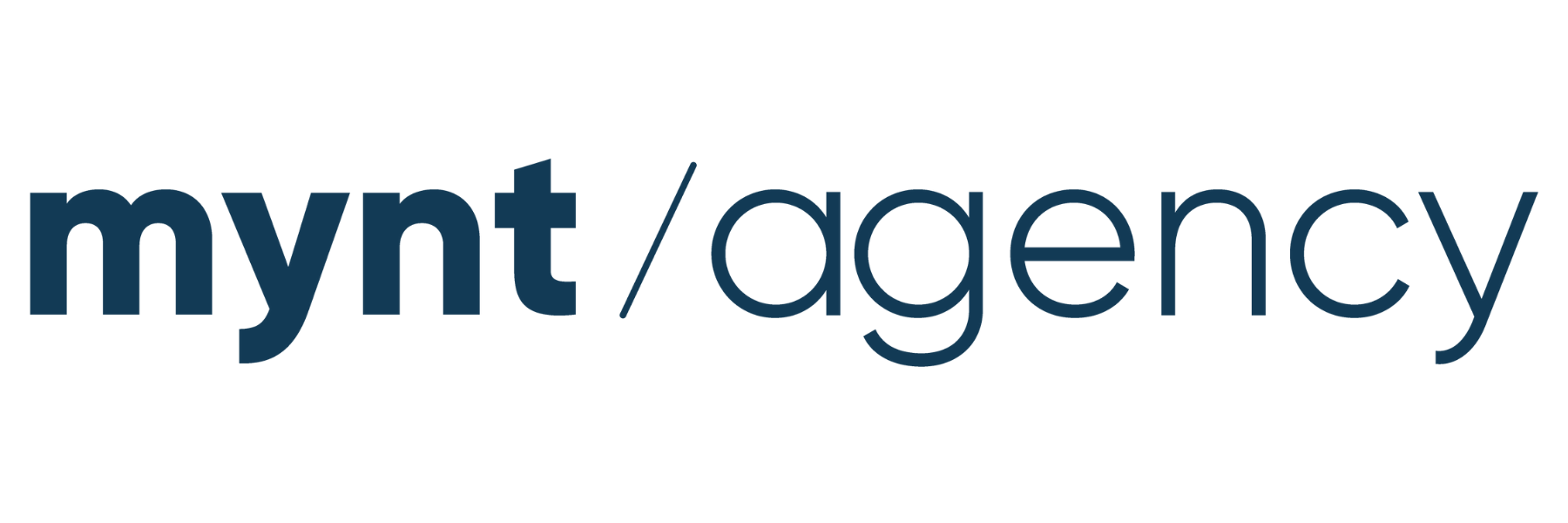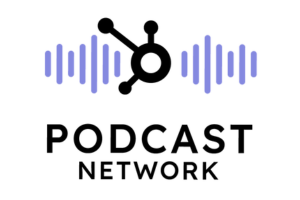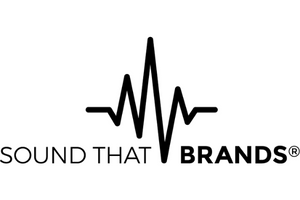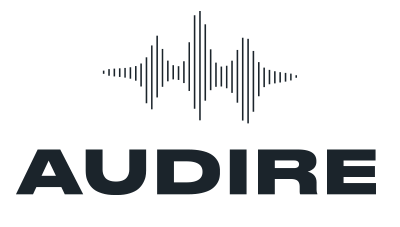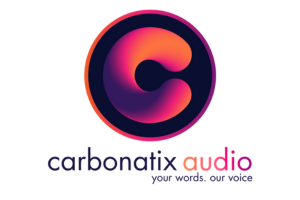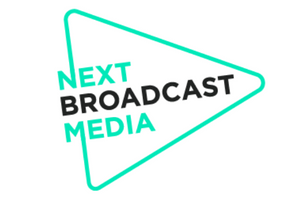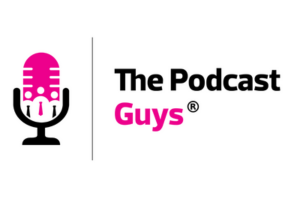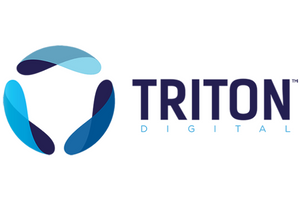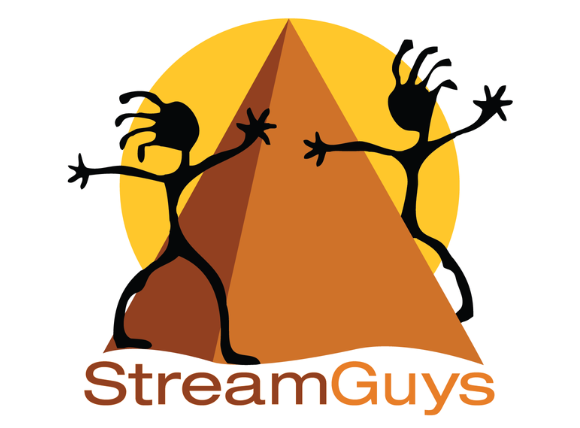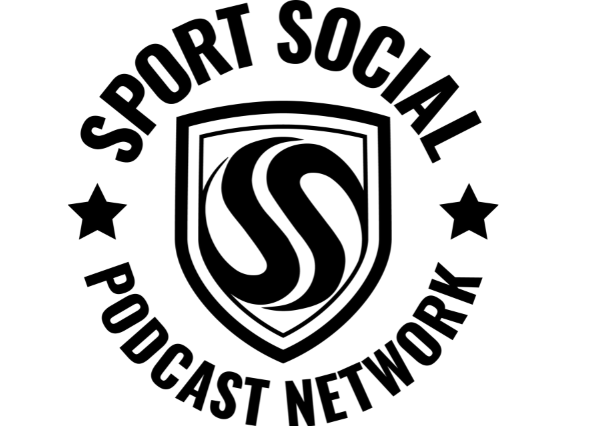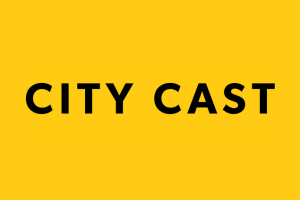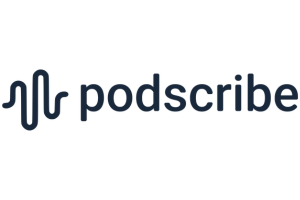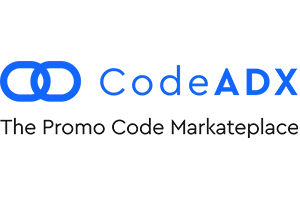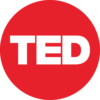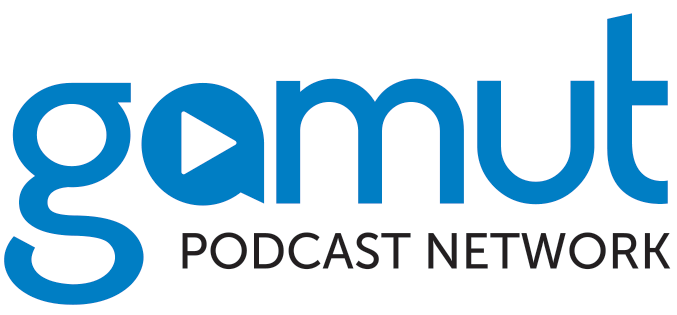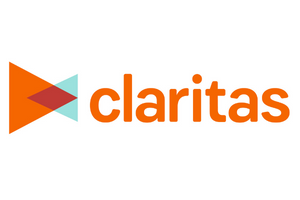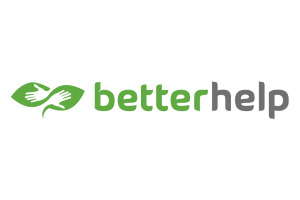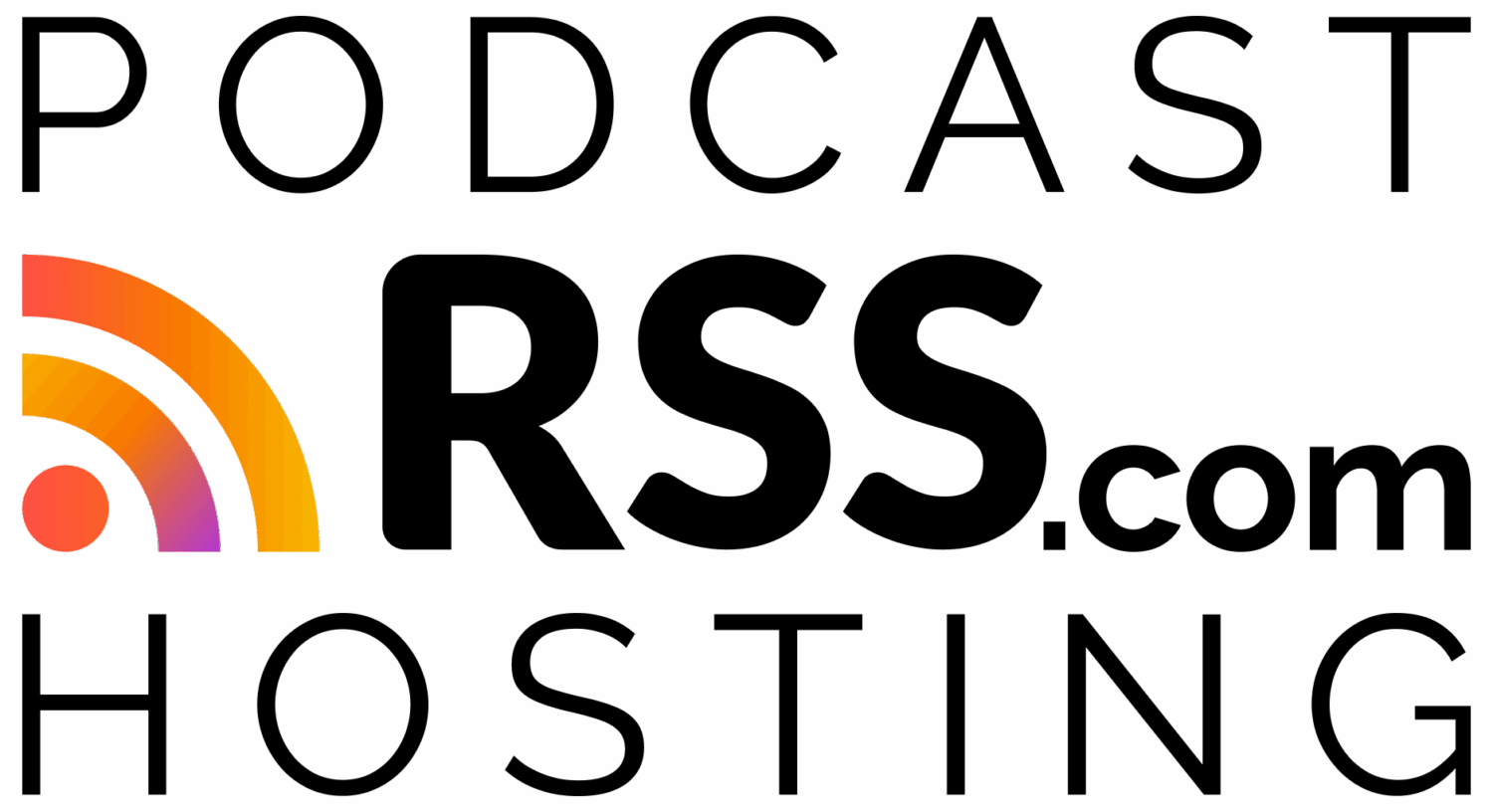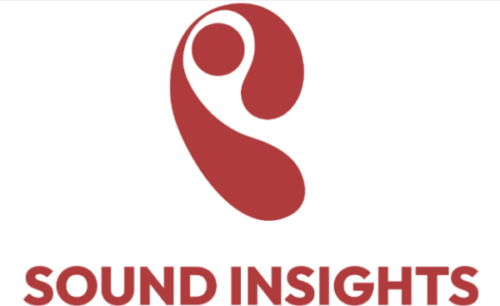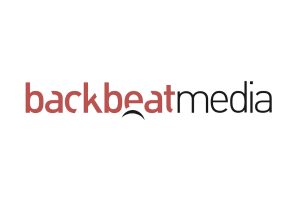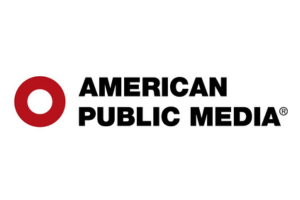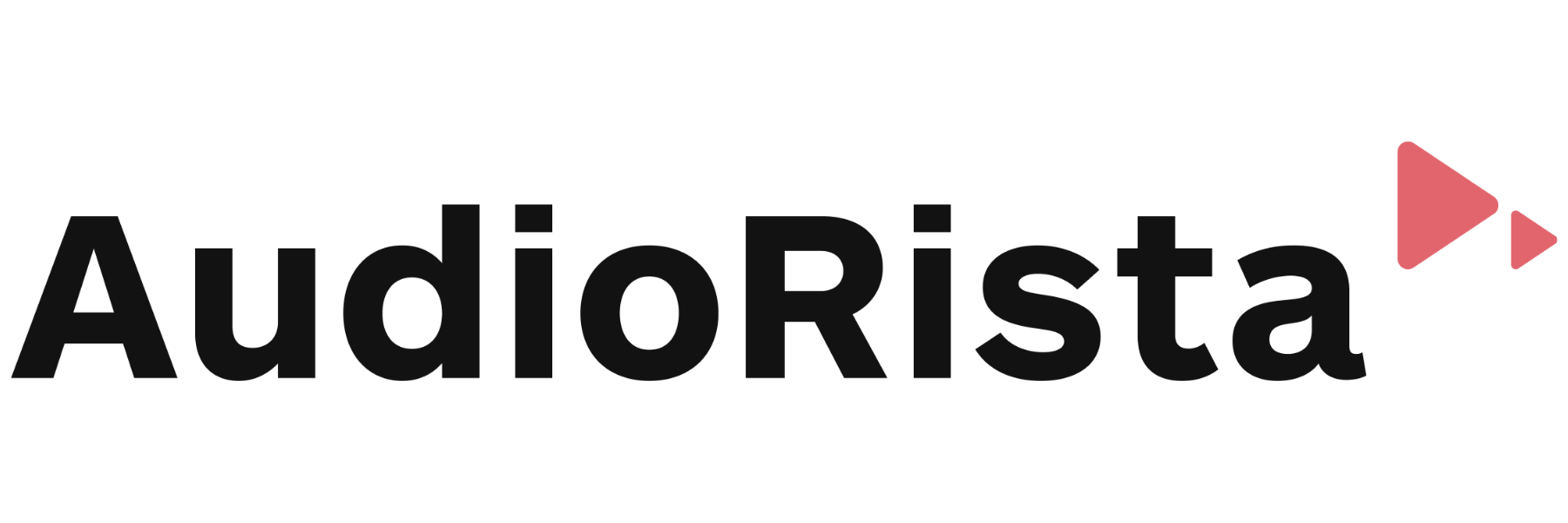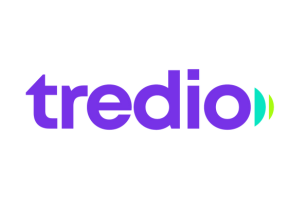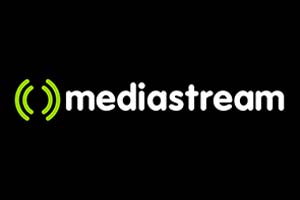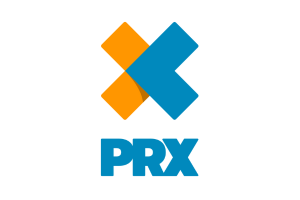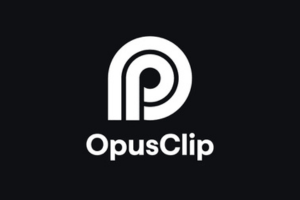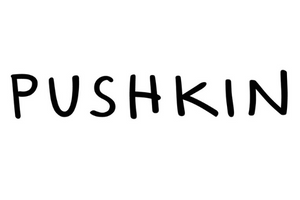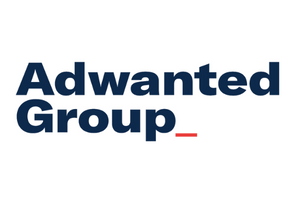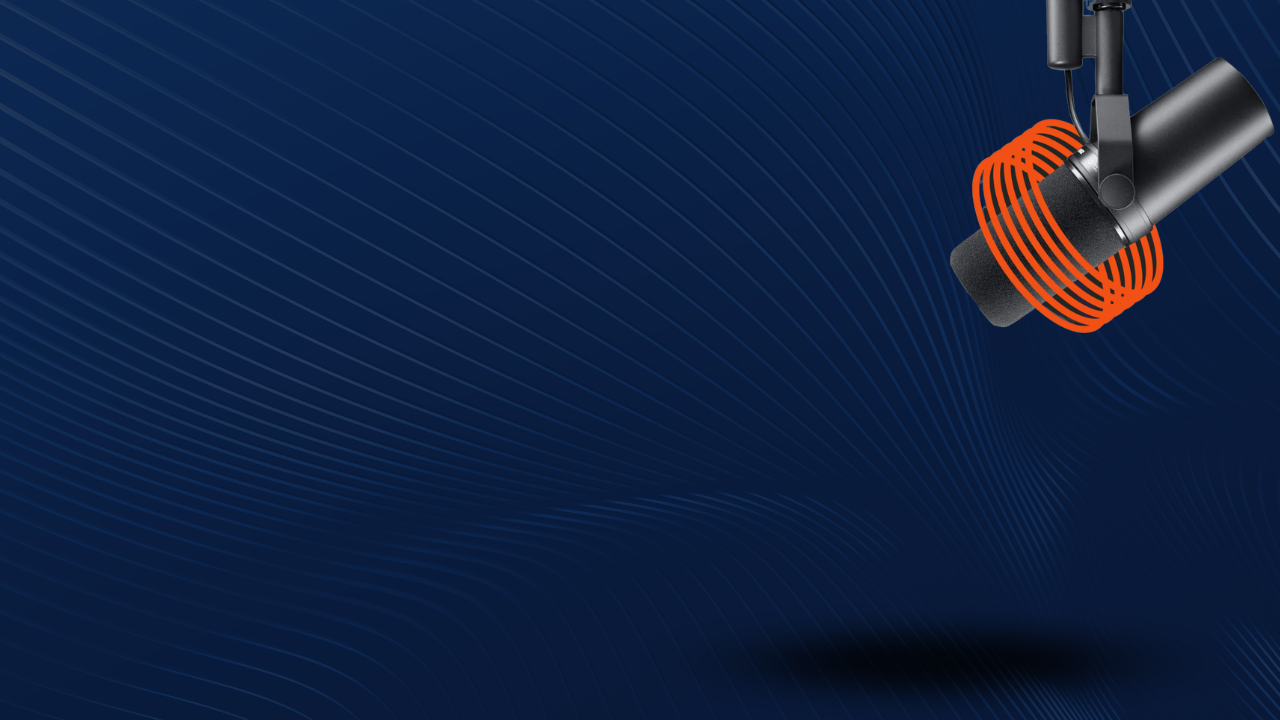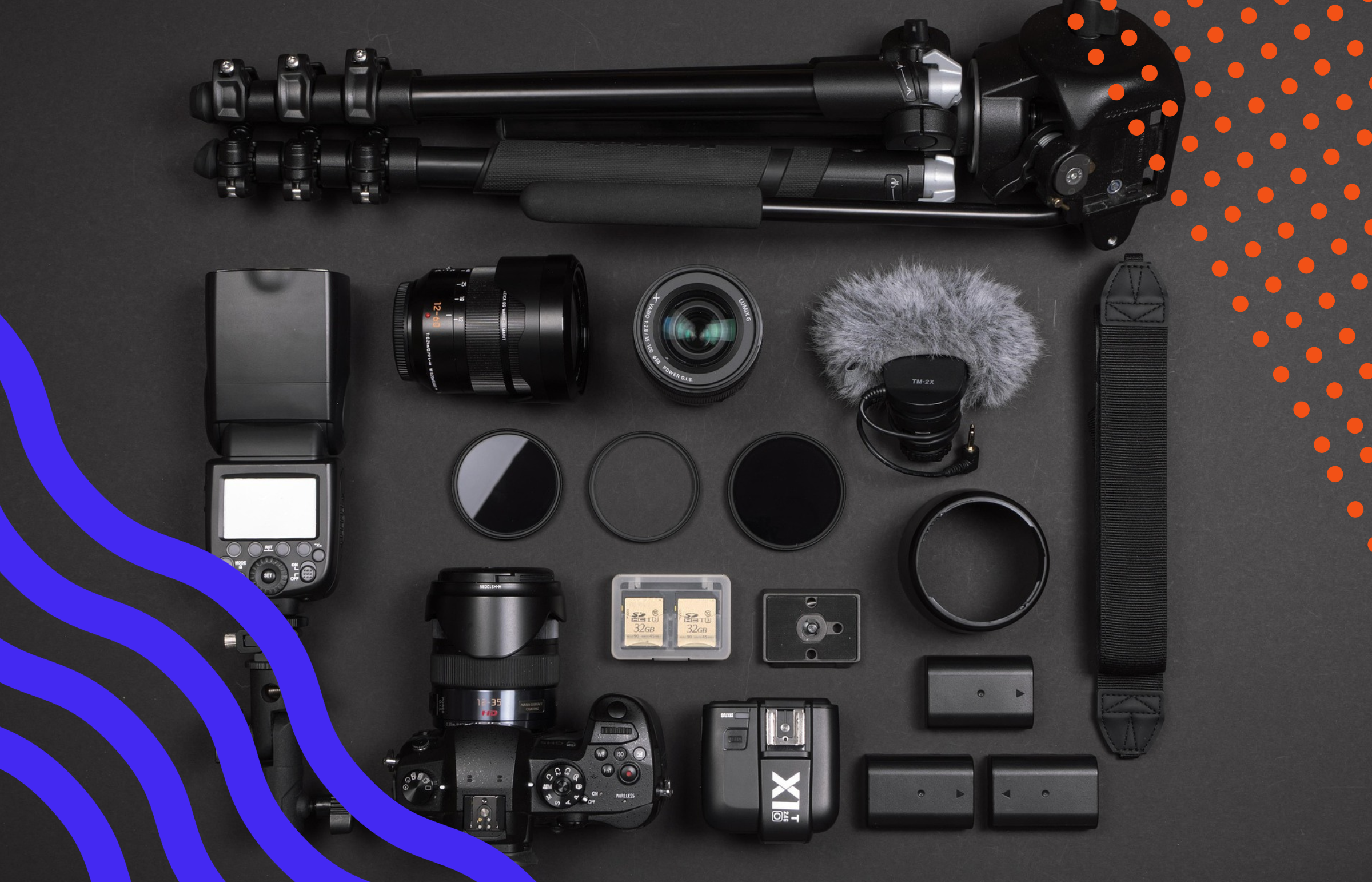Sounds Profitable's next flagship study is coming soon. Part one of The Advertising Landscape, the largest survey of podcast advertising effectiveness, will debut at 2 p.m. EST on Wednesday April 16th. The webinar, hosted by Tom Webster, will cover data regarding podcast reach.. Grab your virtual seat now to be one of the first to see the data!
A short one this week, as the team (and perhaps many of you) descends upon Chicago for Podcast Movement Evolutions. This year’s Infinite Dial report was filled, as it has been, with lots of news for podcasting. The graphs that are most frequently being shared are the estimates for monthly and weekly podcast consumers, at 55% and 35%, respectively. In fact, let’s take a closer look at the monthly results here:
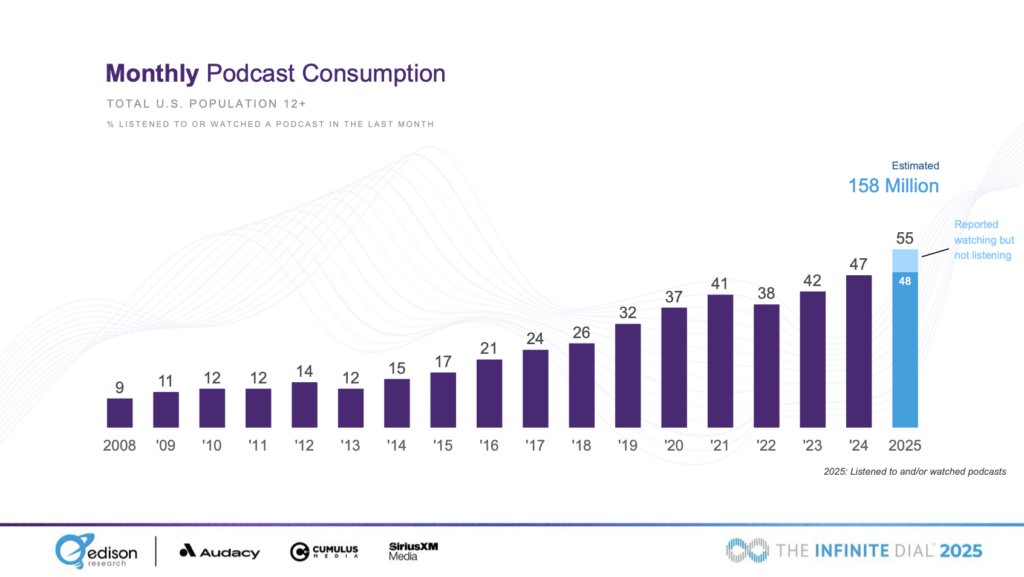
You’ll note that the data looks a little different this year, and that is because the question changed – and that’s a good thing. If you watched the live webinar, as I did, Edison did a very good job explaining the change, which now more fully accounts for the reality of video podcasting – there is a substantial video audience, and even an audience that only consumes video, which is the lighter blue part of the rightmost bar.
Questions change, because the universe changes, and this was a positive one. The podcast consumption question was also changed in 2013, by the way – you’ll note the dip there – but that asterisk has been lost to time, like tears in rain. I don’t want this year’s asterisk to be lost, however, because the lack of that context has, unfortunately, led to this graph being shared widely as evidence of the strong growth of podcasting. It does no such thing.
Let’s dispense with the most wrong interpretation I’ve seen, that this shows the growth of video podcasting. It does not. There is exactly one data point that breaks out a video podcasting audience, and it takes at least two to show growth. I hope no one would argue with that! But the other, only slightly less wrong interpretation is that it shows overall growth. It doesn’t really do that, either. If you look at the listening data, it shows an increase of one percentage point from 47 to 48, which is within the margin of error for this kind of research and not statistically significant. It could be growth, but it isn’t something you can definitively say from these data.
The same dynamic is present in the weekly data, which again shows an additional, new chunk of video-only podcast consumers, and a percentage point increase in the rest of, again, one percentage point. Where people are going to trip themselves up here, absent the full context provided by the webinar, is in the audience estimates: last year, the monthly slide estimated the monthly audience at 135 million; this year, 158 million. And it’s hard to disabuse people of the notion that this doesn’t represent significant growth. But it doesn’t. It merely reflects the fact that the estimates for the last few years did NOT include this additional video-only audience, and were thus understated, and we will never know by how much.
I was very pleased to see the question changed, by the way, because it matches how we asked it in the 2024 Podcast Landscape, and though Infinite Dial is 12+ and Podcast Landscape is 18+, both the monthly and weekly numbers from the two studies are within two percentage points of each other, which is fully explainable by margin of error and age differences in the samples. As the questions have aligned, so too has the data.
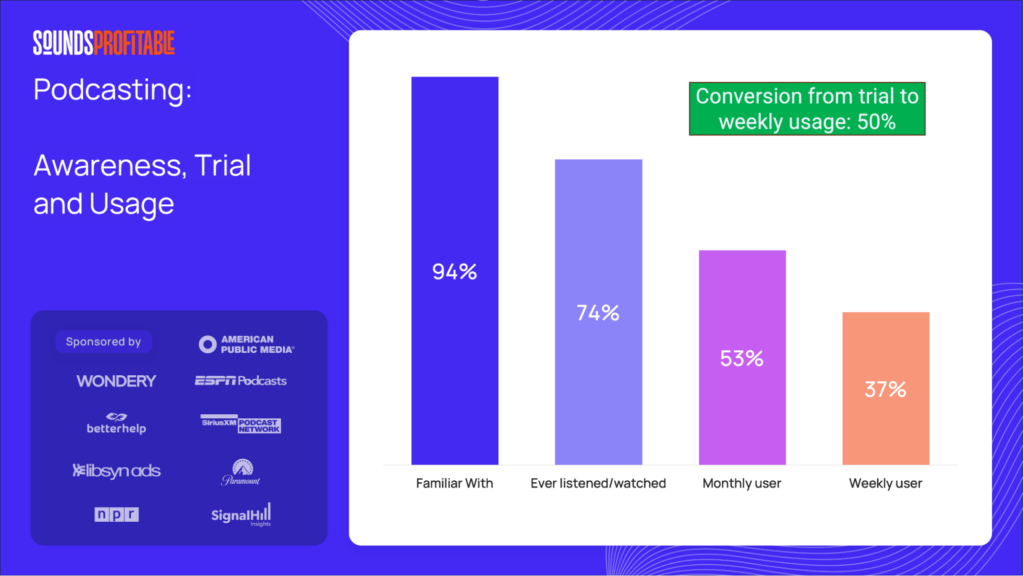
I point all of this out not to be pedantic, but as evidence of something that the podcasting industry needs to come to terms with. “Growth” in podcasting isn’t only about reach, because the reach story isn’t infinite. It is indeed, quite finite. Neither Edison’s data nor our Podcast Landscape data from 2023 and 2024 shows significant growth in reach. In the words of Snow Patrol, what if this is all the love you ever get?
The answer, also according to Snow Patrol: you’d do a couple things differently, I’d bet (yes, I cringed too). With the growth in podcasting over the last five years, the medium has taken on a lot of audience that doesn’t necessarily care about the medium of podcasting. They care about the show. Ten years ago, a podcast was fairly easy to define. Today, there are millions of consumers for whom “podcast” means “chat show.” Now you might consider that fair play – it’s all about the content, right? Except it isn’t just about the content.
Consider this example: while 55 percent of Americans 12+ consumed a podcast in the last month, according to Edison, that same report says that 31% of people who drove/rode in vehicles in that same period consumed a podcast in the car. In other words, content or no, a huge percentage of podcast consumers get in the car and push the button for AM/FM content instead. The same humans who spend most of their at-home listening on digital audio sources get into their cars and tune in the radio. So it isn’t just content, is it?
I still believe podcasting is an on-demand, audio-forward, spoken word medium. That you can consume podcasts on YouTube is wonderful – YouTube has built arguably the best “mall” for the content shopper. But we have to start increasing consumer engagement with the unique qualities and benefits of podcasting, not content, or podcasting risks losing a more important quality than simple reach: top of mind preference.
I think it’s time we address the real elephant in the room, and that isn’t reach, it’s engagement. If reach slows or even stops, engagement and top of mind preference are the only levers left to pull, and that is where I think we need to do a better job. This isn’t just my opinion. No, we have a giant trove of brand new research on the topic, which we will start revealing in a free, live webinar on Wednesday, April 16th. I hope you’ll sign up. In the meantime, this newsletter is going to continue exploring this issue next week with a sneak preview of some of this data and what it reveals about reach and engagement.




